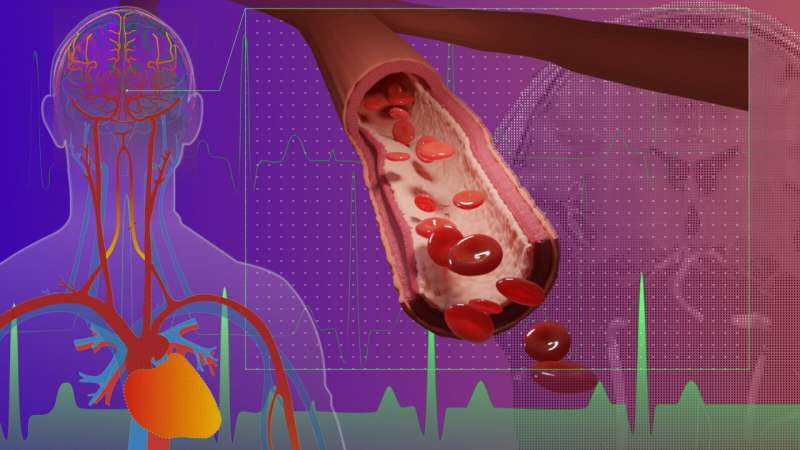The study, published in Nature Cardiovascular Research, introduces the first noninvasive method for measuring “microvascular volumetric pulsatility”—the rhythmic expansion and contraction of the brain’s smallest vessels—in living humans.
Using ultra-high-field 7T magnetic resonance imaging (MRI), the team showed that these microvessel pulses increase with age, especially in the brain’s deep white matter, a region critical for communication between brain networks that is particularly susceptible as people age to reduced blood supply of distal arteries, the blood vessels that carry blood away from the heart and into the farthest parts of the body.
Increasing microvessel pulses can disrupt systems in the brain, possibly speeding up memory loss and Alzheimer’s disease.

